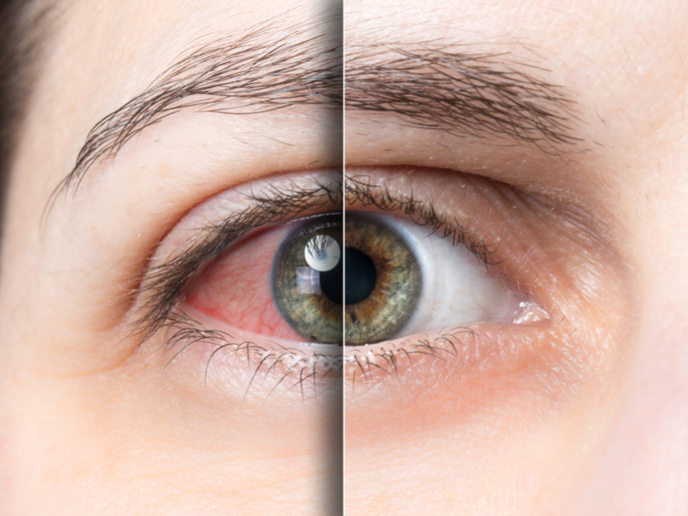EryDex: an innovative treatment for Ataxia telangiectasia (AT)
Once eagerly anticipated by patients suffering from AT, corticosteroids have so far failed to provide the viable treatment option they had been waiting for. Sure, most patients showed a clinical response with short-term benefits for their neurological function. But these improvements came at the cost of corticosteroid-induced side effects that led to the discontinuation of long-term treatment. This setback, however, didn’t sound the death knell of research on corticosteroids. In January 2016, the EU-funded IEDAT (Intra Erythrocyte Dexamethasone in the treatment of Ataxia Telangiectasia) project was initiated with the ambition of kick-starting a phase 3 clinical trial for EryDex – an innovative product allowing the safe and long-term delivery of low doses of a corticosteroid. “EryDex is made by ex vivo encapsulation of Dexamethasone Sodium Phosphate (DSP) in patients’ erythrocytes, which are then injected once per month,” explains Guenter Janhofer, CMO of EryDel, producer of EryDex. “DSP is dephosphorylated by intra-erythrocytes’ phosphatases to release biologically-active dexamethasone – a corticosteroid commonly used for a variety of diseases – in the blood.” When IEDAT started, the company had already tested EryDex in a six-month proof-of-concept trial on 22 AT patients, resulting in improvement of neurological symptoms with no evidence of typical steroid side effects. From phase 3 to market IEDAT was strictly about conducting a phase 3 trial that would hopefully confirm the benefits of EryDex on the neurological symptoms of AT and its good tolerability. The enrolment in the trial is half way through and is expected to open the doors to EMA and FDA approval as the first-ever treatment for AT. “EryDex could constitute a first line treatment for AT patients, improving their quality of life and hopefully slowing down disease progression. EryDel’s efforts on AT could also bring directly and indirectly a better understanding of the disease’s history, mechanism of actions as well as help raise more attention within the scientific and industrial communities,” Janhofer says. The EU is not the only one believing in EryDel’s treatment. The company successfully collected funding from venture capitals covering a significant part of the trial’s cost, including financing from Sofinnova Partners of EUR 26.5 million. Besides EryDex, the project has also helped set up an EU patient registry at the initiative of the UK’s AT Society. The registry will enable the monitoring of the epidemiology (prevalence and incidence) of AT, the development of an evidence-based natural history of the condition, the identification of biomarkers, the development of clinical guidelines, and the audit of treatments for AT and their outcomes. “Our plan is to bring EryDex to the EU and US market by completing the clinical development and file for regulatory approval. Besides, we intend to pursue EryDex’ clinical development for other diseases as well as leverage its proprietary red blood cells technology platform to develop other products from other rare diseases,” Dr Luca Benatti from EryDel concludes.
Keywords
IEDAT, EryDel, EryDex, Louis Bar syndrome, ataxia telangiectasia, AT, corticosteroids



